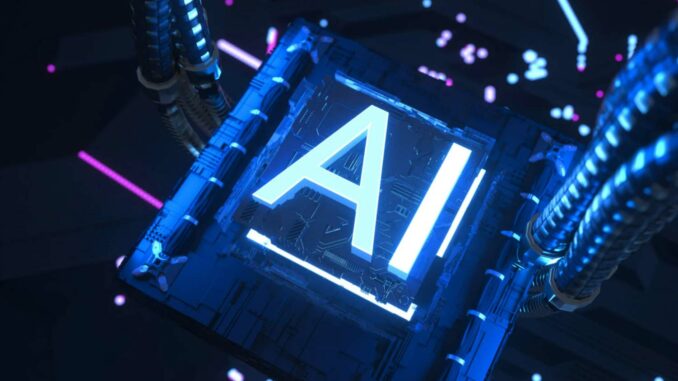
Discover how DARPA’s OPTIMA program is revolutionizing AI with energy-efficient chips, propelling artificial intelligence into the tactical arena.
DARPA’s OPTIMA (Optimum Processing Technology Inside Memory Arrays) program represents a significant breakthrough in artificial intelligence (AI) technologies, aiming to develop ultra-efficient AI chips that require far less electricity per computation than current chips. This initiative could transform the use of AI, making it adaptable to mobile platforms such as drones, robots and other devices operating in extreme conditions.
The quest for energy efficiency in AI
The evolution of AI requires immense computing power, resulting in high power consumption and significant heat generation. This growing need for energy is becoming problematic, even in large air-conditioned data centers, not to mention more demanding operational environments such as conflict zones, deserts or arctic regions. OPTIMA’s aim is to overcome these challenges by miniaturizing AI chips for use outside traditional data centers, facilitating their deployment on the “tactical edge”.
Innovation in chip technology
The OPTIMA program is based on a key innovation: the optimal integration of processing technology into memory networks, a strategy known as In-Memory Computing (IMC). This approach significantly reduces the distance that data must travel between memory and processor, thus reducing energy consumption and improving the efficiency of processing the massive data typical of AI applications.

Transition to analog for greater efficiency
Researchers involved in OPTIMA are exploring the transition from digital to analog, enabling denser, more energy-efficient data transmission. Although analog can be more error-prone, recent innovations, notably those developed by the Princeton team, use capacitors to transmit signals more reliably, avoiding the distortions usually associated with analog while retaining its efficiency advantages.
Contributions from universities and companies
Institutions such as Princeton, Georgia Tech and UCLA, as well as companies like IBM and Infineon, are playing a crucial role in the development of these new technologies. Each entity brings its own expertise and innovative approach, whether through the use of advanced capacitors or transistors, to pushing the boundaries of what is possible in AI chips.
Implications for tactical use
The importance of these developments extends far beyond laboratories and conference rooms. In the field, under extreme operational conditions, the energy efficiency and compactness of AI chips can make the difference between success and failure. Applications range from autonomous ground vehicles to drones, surveillance devices and advanced communication systems, all requiring reliable, responsive AI in often unpredictable and hostile environments.
Towards commercial production
The transition from research to practical application is already underway, with companies like EnCharge AI, spun out of Princeton University, working to commercialize these technologies. This step is crucial to transforming laboratory discoveries into concrete solutions, accessible to end-users, particularly in the defense sector, where demand for efficient, autonomous AI in the field is particularly high.
War Wings Daily is an independant magazine.